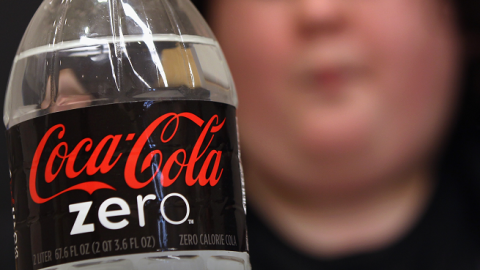When we are talking about efforts to reduce obesity rates, the calories we buy, and consequently eat, do matter. Obesity is a supply problem: there are simply too many calories looking for too few mouths. Since the 1950s, the number of calories available for daily consumption per person has increased by a whopping 25 percent.
Who is best equipped to deal with reducing this overabundance of calories?
Certainly not the policymakers. Government programs to reduce consumption and educate consumers about healthy eating have been woefully ineffective. Since nutritional labeling on packaged goods was introduced in the early 1990s, the rate of obesity has more than doubled from 14 percent to over one-third of the adult population.
What about consumers? Shouldn’t they be responsible for their health and well-being? Certainly. But repeated attempts to stick with diets and exercise regimens have proven challenging for families and individuals. Our Culture of Convenience demands food that is quick to heat and eat. More importantly, we have demonstrated an inability to say no to great tasting food at a great price.
That leaves the food companies But unleashing the full power of the food industry to reduce America’s dependence on high calorie foods and beverages demands a major shift.
That’s why 16 of the largest food and beverage companies (think PepsiCo, Nestle, Coca-Cola) have committed to reducing calories as their pledge to the http://www.healthyweightcommit.org/">Healthy Weight Commitment Foundation three years ahead of their commitment date.
In removing these calories from the marketplace, the Hudson Institute measured the sales impact of over 52,000 foods on shelves in 40,000-plus retail and grocery stores across the country, comparing sales of lower calorie foods to higher calorie foods. A study by the Hudson Institute shows companies meeting consumer demand for lower-calorie products, with increasing availability in stores. This means selling an increased amount of lower-calorie products on display (up nine percent), and sustaining lower-calorie products on store shelves with a 14.1 percent net increase at the conclusion of the 5-year study.
As lower calorie products meet demands and drive sales growth, the real question is “what’s next?” The impact of these companies’ efforts is impressive. Because of the calorie cuts, we’re eating 78 fewer calories per person per day. But we can’t stop cutting calories there – as individuals or industry. The beverage industry has just made a new commitment to reduce calories 20 percent per person by 2025, an effort that will help make choosing the lower calorie choice the easier choice.



















